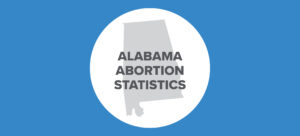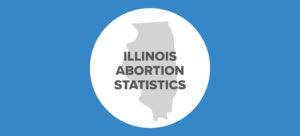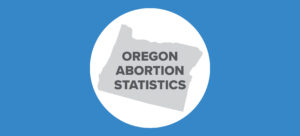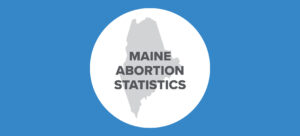
Tessa Cox
Senior Research AssociateTessa Cox is Senior Research Associate at Charlotte Lozier Institute, where her research focuses on abortion statistics at the state and national levels and the changing landscape of abortion policy, provision, and access in the United States.
Tessa has appeared on CBN News and EWTN News Nightly and has testified before Members of Congress on the Born-Alive Abortion Survivors Protection Act. Her work has been featured by National Review Online, Newsweek, The Gospel Coalition, The Daily Signal, RealClearHealth, and many other national media outlets. She has contributed to peer-reviewed research on women’s experiences with chemical abortion and the impact of abortion on women enrolled in Medicaid.
Originally from Illinois, Tessa earned a BA in Communications from Thomas Edison State University. Prior to joining CLI, she got her start in pro-life research with the Family Research Council.
Research Authored
Abortion Reporting: Idaho (2017)
Idaho’s 2017 Induced Abortion report was published by the Idaho Department of Health and Welfare in December 2018. The report shows that there was little change from the number of abortions reported in 2016.
Abortion Reporting: Alabama (2017)
Alabama’s abortion report for 2017, published in October 2018, shows that abortion totals in the state are falling. Planned Parenthood’s abortion market share has shrunk after several negative health department inspections.
Abortion Reporting: South Dakota (2017)
South Dakota’s 2017 abortion report, published on the website of the South Dakota Department of Health in November 2018, shows that abortions in the state increased from the previous year. Some of the increase is likely attributable to a rise in chemical abortions.
Abortion Reporting: Illinois (2017)
Illinois’ 2017 abortion report shows that abortions reported in the state increased from the previous year. The report was published in December 2018 on the Illinois Department of Public Health website.
Abortion Reporting: North Carolina (2017)
North Carolina’s annual abortion report for 2017 was published online by the State Center for Health Statistics in September 2018. The abortion report is published as part of the state’s Reported Pregnancies publication and contains information on abortions performed in North Carolina and abortions performed on North Carolina residents.
Abortion Reporting: Kentucky (2017)
Kentucky’s 2017 abortion report, which the Kentucky Department for Public Health provided to the Charlotte Lozier Institute upon request in August 2018, shows that almost half of all abortions reported in the state were chemical abortions. Only one abortion clinic is currently operating in Kentucky.
Abortion Reporting: Oregon (2017)
Oregon’s abortion statistics for 2017 were published in September 2018 on the website of the Oregon Health Authority. During 2017, reported abortions in the state declined after increases in 2015 and 2016.
Abortion Reporting: Maine (2017)
Maine’s abortion report for 2017 was published in September 2018 by the state Department of Health and Human Services. The report demonstrates that the total annual number of abortions reported in Maine continues to fluctuate, while chemical abortions are rising steadily.
Abortion Reporting: Colorado (2017)
Colorado is one of only a few states that place no limits on how late in pregnancy an abortion can be performed. In 2017, 285 abortions (three percent of the total) occurred at 21 weeks of gestation or later.
Abortion Facility Closures Behind Delaware’s Abortion Decline
Delaware’s clinic closures appear to be internally driven and due, in large part, to gross legal and medical violations surrounding multiple abortion practitioners in the state.

























